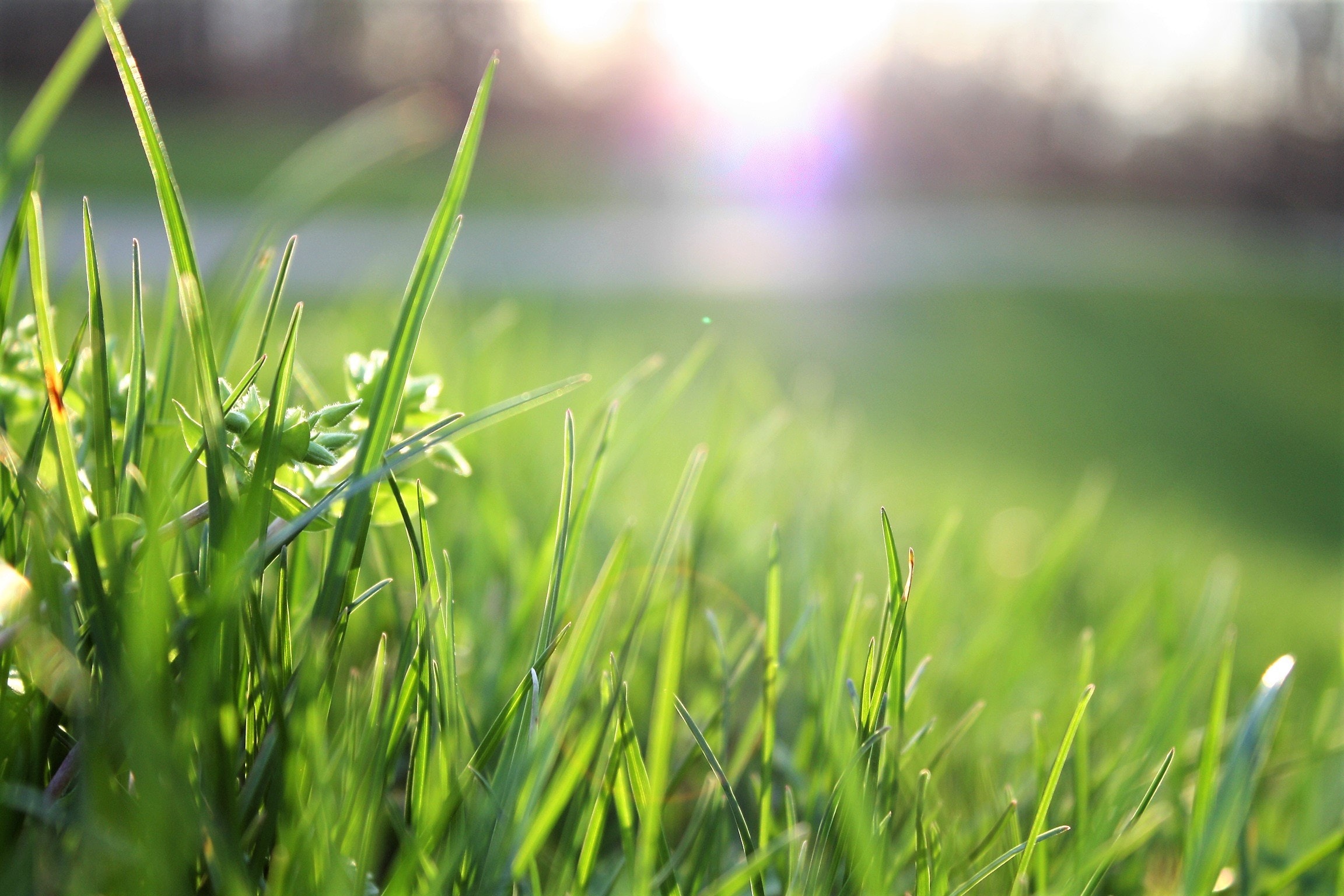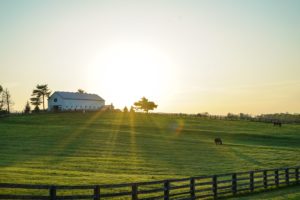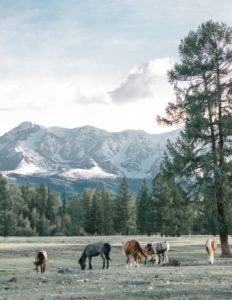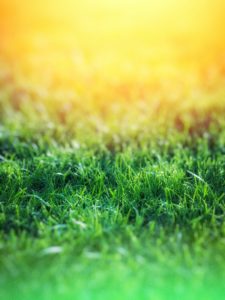
16 Mar 2022 12 Most Common Types of Horse Grasses
 Does your horse act like the grass is greener on the other side? They might be right, but that doesn’t mean it’s better for them to eat it!
Does your horse act like the grass is greener on the other side? They might be right, but that doesn’t mean it’s better for them to eat it!
The 12 Most Common Horse Grass Types have important nutritional differences that you should know about. Here are their pros and cons!
Legumes
Legume plants, such as alfalfa and clover will grow mostly year-round and have more leafiness with less structure. They store their carbohydrates in their tap roots, which allows them to regrow better than other grasses if their leaves are eaten down too close to the ground. This translates into a different pasture management style than for grasses.
Legumes also form a symbiotic relationship with bacteria (rhizobia) in the nodules of their roots. These bacteria are capable of ‘fixing’ nitrogen in the atmosphere and air into ammonia, which the plant can then use to make protein. This is why they have more protein, including some limiting amino acids such as Lysine. They also contain more Calcium, Magnesium and Potassium.
Alfalfa and Clover give more energy compared to grasses. But, grasses tend to have more fiber. The nutrient composition in legumes are seen as superior due to their nutrient density and because they tend to improve the soil quality they are grown in.
Grass Types
Grass types for horse grazing typically have a long growing season, potentially year-round, but some types of grasses will only grow in certain locations, soil types, and weather conditions. It’s usually easier to get grass species established in new or recovering pastures because it can withstand poorer soils and conditions than other types of forages. There are two main groups:
1 – Cool season grasses
Grow in spring and fall, and are most productive when temperatures are between 65F and 75F. They thrive in places with high soil moisture, cooler temperatures, and shorter direct sunlight hours. This means mainly spring and fall. When temperatures rise, they will slow down in growth and even go into dormancy altogether.
2 – Warm season grasses
Grow in summer, and become active when temperatures reach 85F to 95F. They can tolerate low precipitation and require on average 5O% less water than cool season grasses. They are generally lower in protein than cool season grasses but tend to have a higher forage yield amount.
The 5 Cool Season Grasses

Kentucky Bluegrass
This grass is resistant to severe drought and able to be grown in light sandy soils. Horses love the flavor, but sometimes growing yield slows in midseason and it often requires more fertilization than other grass species.
Ryegrass
A sturdy grass with the advantages of quick establishment post-planting, high-yielding growth, rapid regrowth and high palatability. A significant downside of Ryegrass is its potential overproduction of water-soluble carbohydrates such as fructan which is not appropriate for sensitive horses (metabolic or laminitis-prone).
Fine and Tall Fescue
Tall Fescue is hardy and highly resistant to drought and overgrazing. The drawback however is the presence of an endophyte that negatively affects pregnant mares. Fine Fescue is an endophyte free variety, but it is lower in quality.
Timothy
Timothy is a useful species of grass for horses in cool, wet conditions and produces leafy forage in the middle of the season. It’s easy to establish in pastures but it doesn’t tolerate overgrazing well, and growth slows in late summer and early autumn.
Orchard
Orchard grass may be less palatable, but it has benefits such as its tolerance for shady spots, dry conditions, or mediocre soils. It’s often is grown with legumes such as alfalfa because it thrives in mixed environments and is also more tasty that way.
 The 4 Warm Season Grasses
The 4 Warm Season Grasses
Bermudagrass
Bermudagrass is a warm season perennial grass, widely grown throughout the southeast of the US for both pasture and hay. It can stand multiple soil types but is most productive on fertile, well drained soil. When well managed, it can have nutritional value comparable to that of Orchard grass or Tall Fescue. It tolerates traffic well and can withstand intense grazing. Great for horses prone to laminitis because of its low fructans content, it also causes the gut to squeeze more water out of fecal matter than usual, and therefore can make the manure drier than usual.
Crabgrass
There are several crabgrass species, but they generally have an oblong leaf shape. It is highly useful to quickly fill bare spots in pastures in late spring. With landscapers, crabgrass has a reputation as a prolific weed. But it has a robust growth potential in hot climates, which can complement the ‘summer slump’ growth of other grasses. It is very palatable to horses as well and has generally a lower carbohydrate (NSC) level than the cold weather grasses which makes it a safer choice for metabolic horses.
Bahia Grass
Bahia grass is a hardy grass species, tolerant of drought and poorly drained soils of any type. It can be grazed heavily without dying off, and is a good species to use for erosion control because of its extensive root system. The biggest drawbacks are its low forage quality and that it doesn’t survive cold winters. Bahia grass is widely planted in Florida and the south east of the US. It would not be suitable to maintain pregnant, growing or lactating horses.
BONUS – Two Less Desirable Warm Season Grasses
Millets – A leafy, rapidly grown annual forage that grows in the US without any risk of cyanide production. German Millet, however, can be toxic and cause kidney and joint issues.
Weedy Foxtails – A rapidly growing annual grass known for their seed heads that resemble a fox’s tail. There are a few types of it, but they all have low nutritional value. While safe to eat, the concern with this grass is the mature seed heads, which produce long pointed awns which can irritate the horse’s mouth and can cause infection. If foxtail grows in your pasture, mow the seed heads before grazing and keep good ground cover (don’t over graze the pasture) to choke it out with more desirable grass species.
Contact Form